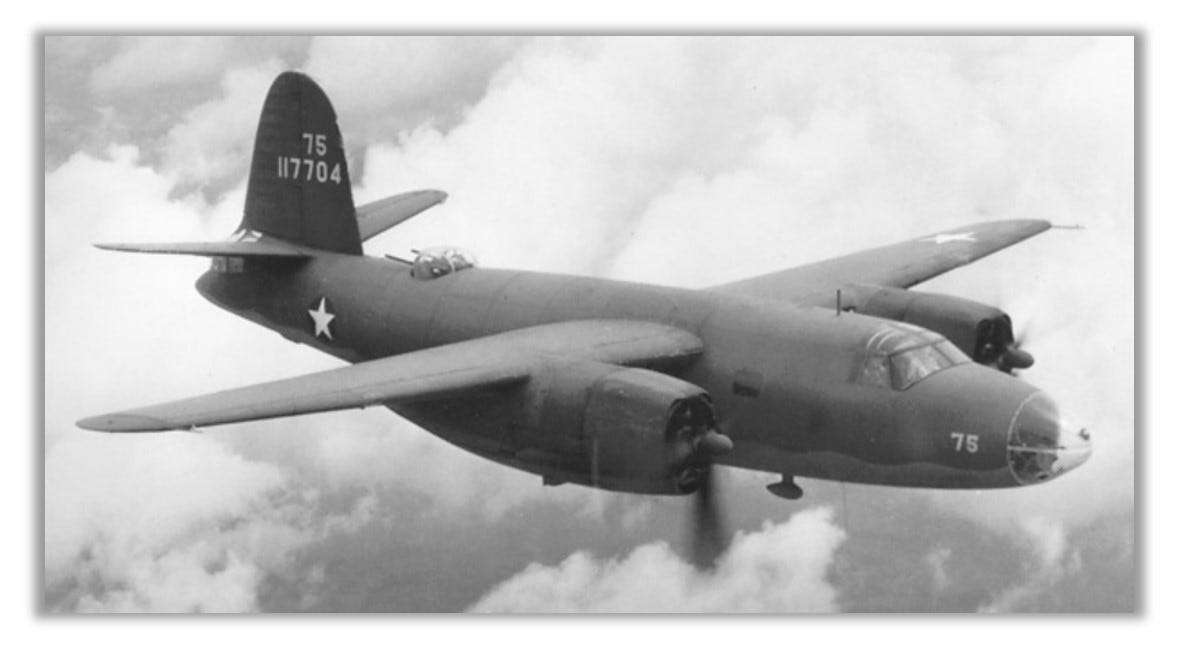TWIH: Glenn Martin, aviation hero
World War I was looming, and more than 12,000 people had gathered to watch Martin’s demonstration. They suddenly saw exactly what an airplane could do in a military setting.
During this week in 1886, Glenn L. Martin is born. He’s possibly the biggest aviation hero that you’ve never heard of. He is the “Martin” in Lockheed Martin. He designed America’s first twin-engine bomber. William Boeing was one of his students! His first company merged with one of the Wright Brothers’ enterprises.
All of this from a man who began life as a boy, cutting up his mother’s bedsheets so he could make kites and sails.
Entrepreneurs will use anything that they can get a hold of sometimes, won’t they?!
A few stories are often told about Martin. The first involves one of Martin’s early attempts to fly a plane that he’ built himself. He’d been spurred to give it a try when he read of the Wright Brothers’ famous flight at Kitty Hawk. If they could do it, then he could, too.
Everything was going okay at first. On its first attempt, the plane bumped across the field a bit before stalling. Undeterred, Martin jumped out to give the propeller a spin. Big mistake! The engine gave a sudden start and the plane began hurtling down the field—even though no one was at the controls. Instead, the plane launched over Martin’s head, nicking his hat and finally crashing in a heap.
Martin wasn’t one to be stopped by a little thing like getting hit in the head by a plane, of course. He promptly went back to work—and, yes, by 1909 he’d made a plane that could successfully fly.
Another story involves the 1914 event that launched Martin as a force to be reckoned with in the military aviation industry.
Martin needed capital for his manufacturing business. And he needed to convince the army that airplanes had a military use, too. He ended up staging an event at a two-day air show in Pomona. He created a fake fort! He used his planes to dive at the fort and drop “bombs” on it. He even had National Guardsmen rush in to “capture” the fort once the bombing was complete.
“It was a fake, of course,” he told a reporter many years later. “We couldn’t take that kind of chances with an audience as close as that. The bombs we dropped contained no explosives. But I had mines planted under the forts. Every time we dropped one of our harmless bombs, someone would throw a switch and detonate one of the real ones.”
Needless to say, the event was a sensation. World War I was looming, and more than 12,000 people had gathered to watch Martin’s demonstration. They suddenly saw exactly what an airplane could do in a military setting.
Indeed, Martin predicted the importance of air power in military conflict early, long before the World Wars proved him right.
“The aeroplane will practically decide the war in Europe,” he said. “Veritable flying death will smash armies, wreck mammoth battleships, and bring the whole world to a vivid realization of the awful possibilities of a few men and a few swift winging aerial demons. For the old time war tactics are no more. The generals who realize this quickest and fight first with the flying death will win.”
How right he would turn out to be.
Perhaps fitting that one of his companies would eventually go on to merge with the Lockheed Corporation, making Lockheed Martin one of the largest defense contractors in the world.
Sources can always be found on my website, here.





Happy birthday Glenn Martin, belatedly. Mr. Martin clearly saw the military use of the airplane and he obviously was a visionary and entrepreneur. Thank God for people like the Wright Brothers, Mr. Martin and Mr. Boeing. Thank you Tara.
Thankful for the wise men and women who came before us!